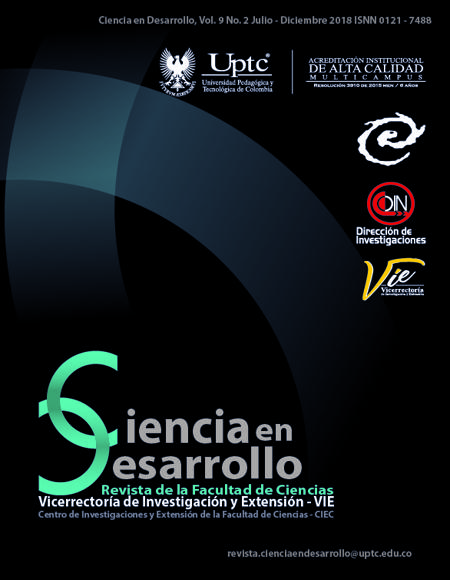Design and simulation of a flow concentrator to increase the wind power available in a low power wind turbine

Abstract
The waste of the wind resource in emerging countries is not only due to the lack of implementation of large-scale wind farms of, but because, in the most of territories the average wind speeds do not reach to the minimum magnitude (3 at 4 m / s) of starting of the commercial wind turbines, which means that this resource is not used. Therefore, in this article we describe the design and characterization of a mechanical element (wind concentrator) that allows increasing the wind power available in a low powerwind turbine. The study is broken down into three stages: in the first stage an experimental analysis is conducted in order to validate and to identify the profile of surrounding velocities in the concentrator. Inthe second stage, a modeling is carried out throw the 5th order equation of Bell & Mehta, by implementing Matlab and exporting the data to Solid Edge. In addition, the phenomenon is described by the equation of conservation of mass and conservation of energy. In the third stage the simulation is carried out by meansof finite elements supported by the software ANSYS, whose objective is to determine the relation of theoptimal area of entrance and exit of the concentrator. Finally, it is concluded that the concentrator allows the increasing of the wind potential of the order 2.37 times.
Keywords
oncentrator, wind, simulation.
References
[1] COLOMBIA, C. D. (2014). LEY 1715 DE 2014 Diario Oficial No. 49.150. Bogotá, D.C.: Imprenta Nacional. Retrieved 09 2017, from http://www.comunidadcontable.com/ BancoMedios/Imagenes/ley%201715%20 de%202014.pdf
[2] GÓMEZ, C. L. (2012). Clima ecuato- rial. Climatología. Retrieved 10 2017, from http://titulaciongeografia-sevilla.es/ contenidos/profesores/materiales/archi- vos/2012-04-16CLIMAeCUATORIAL.pdf
[3] MEHTA, B. &. (1988). Contraction desing for small low speed wind tunnels. In J. H. MEHTA, ACOUSTICS, JOINT INSTITUTE FOR AERONAUTICS (p. 14). Retrieved 09 04, 2017, from https://ntrs.nasa.gov/archive/ nasa/casi.ntrs.nasa.gov/19880012661.pdf
[4] MOLINA, F. E. (2012). Diseño y construc- ción de un túnel de viento (Universidad Centroamérica “José Simeón Cañas” ed.). Salvador. Retrieved 2017, from http://cef. uca.edu.sv/descargables/tesis_descargables/ tunel.pdf
[5] ONU, G. H. (1987). El informe Brundtland. Retrieved 09 2017, from http://www.un.org/ es/ga/president/65/issues/sustdev.shtml
[6] PINTO H. J. E., SALAZAR DE CAR- DONA M. (2014). Cambio climático y vulnerabilidad: prospectivas para la región nororiental de Colombia - Santanderes, Revista BISTUA. Vol. 12 (1).
[7] PNUD, P. D. (2015). Objetivos de Desarro- llo Sostenible, Colombia. Herramientas de aproximación al contexto local. Retrieved 09 2017, from http://www.co.undp.org/con- tent/colombia/es/home/post-2015/sdg-over- view/goal-7.html